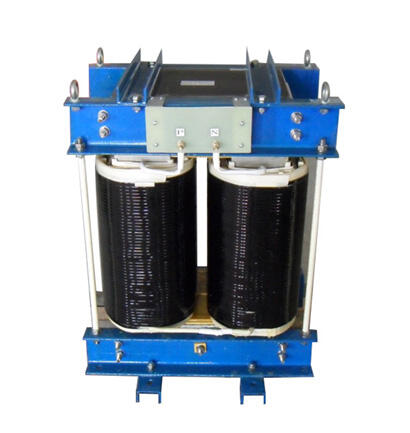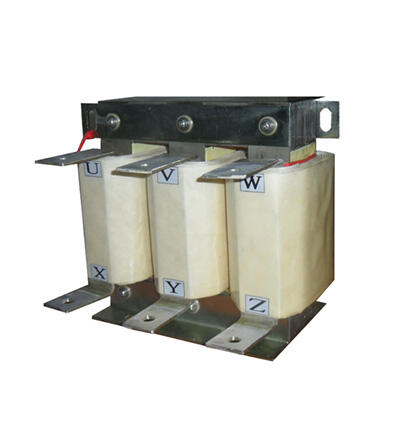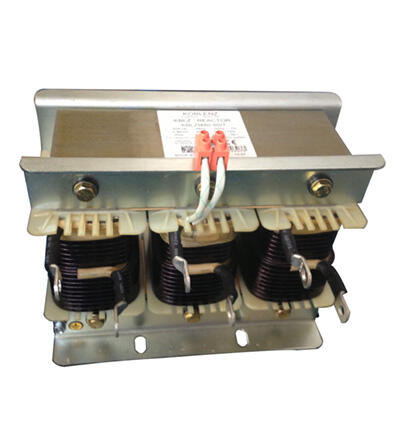altyapıdaki reaktörler
Alt istasyonlardaki reaktörler, elektrik dağıtım sistemleri içindeki güç akışını düzenlemek ve kontrol etmek için tasarlanmış kritik elektrik cihazlarıdır. Bu temel bileşenler, öncelikle reaktif güç telcelemesi yönetimi ve hata akımlarını sınırlamak amacıyla birden fazla işlevi yerine getirir. Teknoloji, gerilim stabilitesini korumaya ve ani akım artışı durumlarında ekipmanları korumaya yardımcı olmak için manyetik prensipleri kullanır. Modern alt istasyon reaktörleri, gelişmiş çekirdek malzemeleri, sofistike soğutma sistemleri ve hassas impeydans kontrol mekanizmaları içerir. Reaktörler, belirli amaçlar için çeşitli yapılandırmalarda bulunur: seri reaktörler, akım sınırlama reaktörleri ve nötral topraklama reaktörleri gibi. Yapım genellikle, yalıtılmış bakır veya alüminyum sargılarla sarılı yüksek kaliteli elektrik çeliği çekirdeklerden oluşur ve ızgara tipli tasarımlar için özel uygulamalar içeren, yalıtan yağla dolu sağlam tanklarda veya kuruyan tipte tasarlanmıştır. Reaktörler, sürekli olarak zorlayıcı ortamlarda çalışır, güç kalitesini korur ve sistem kararlılığını sağlar. Uygulamaları, büyük güç aktarım alt istasyonlarından sanayi tesisleri, yenilenebilir enerji entegrasyon sistemleri ve kentsel güç dağıtım ağlarına kadar uzanır. Teknoloji, optimal işlemi ve uzun hizmet ömrünü sağlamak için gerçek zamanlı performans izleme ve tahmine dayalı bakım için akıllı izleme sistemlerini içerir.


